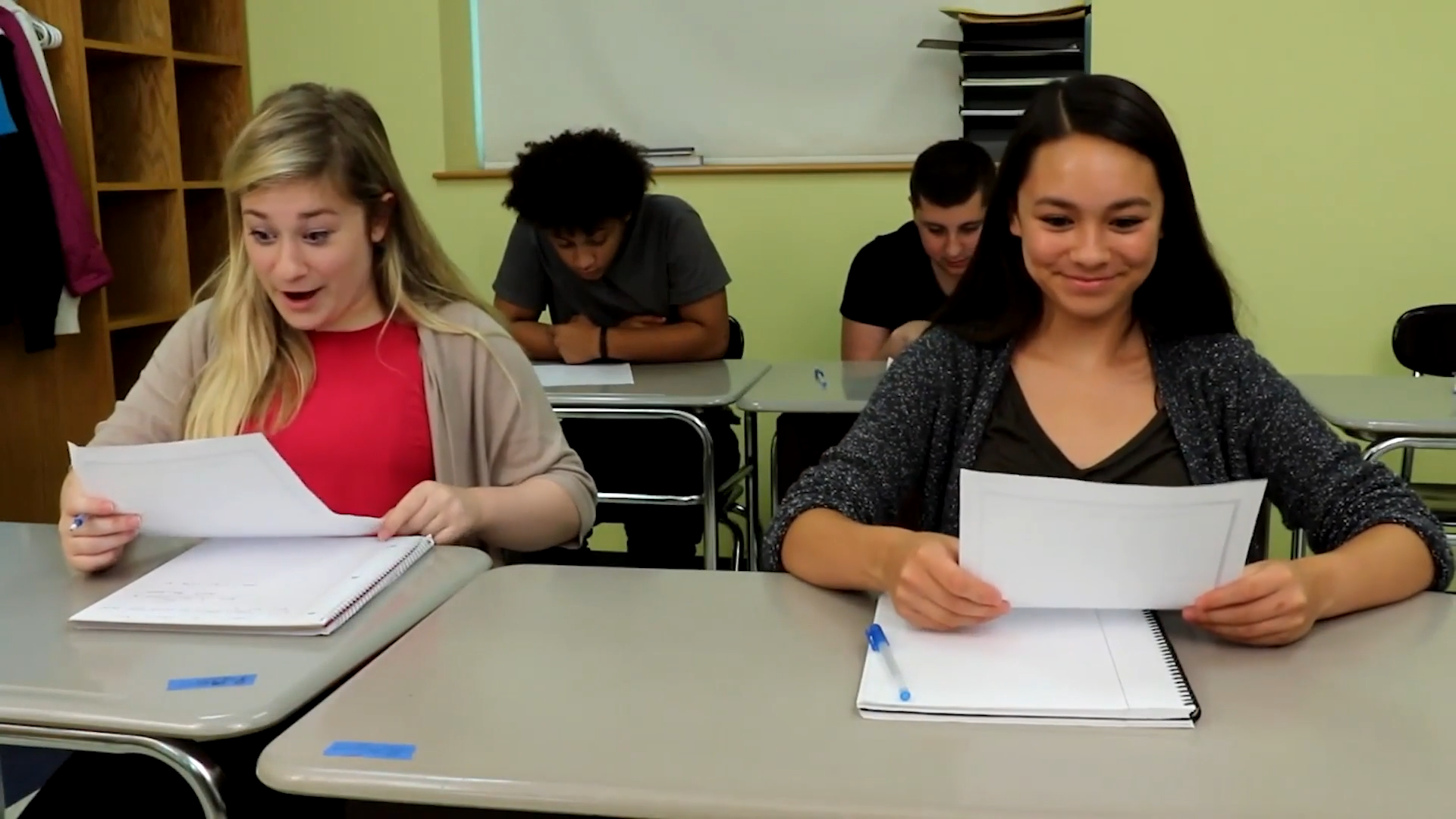
Introduction
Understanding others’ feelings is an essential part of social-emotional learning, especially for young children. Kindergarten students can learn to read facial expressions and body language to better comprehend how their peers and teachers feel. By focusing on the eyes, eyebrows, and mouth, students can recognize positive and negative emotions. Observing body position, arms, and hands can provide additional insight into a person’s feelings. This blog post will discuss an easy, no-prep activity for educators to teach these skills and provide discussion questions to deepen understanding.
No-Prep Activity: Emotion Charades
Emotion Charades is a fun and engaging activity that requires no preparation or materials. It helps kindergarten students practice reading facial expressions and body language. To play, have students take turns acting out different emotions without using words. The rest of the class will try to guess the emotion based on the actor’s facial expressions and body language. Some emotions to include are happiness, sadness, anger, surprise, and fear.
As students become more comfortable with the game, encourage them to incorporate more subtle emotions, such as frustration, embarrassment, or curiosity. This activity not only helps students recognize emotions in others but also allows them to practice expressing their feelings through facial expressions and body language.
Discussion Questions
- Why is it important to understand how others are feeling? How can it help us in our daily lives?
- Can you think of a situation where you could tell how someone was feeling without them saying anything? What clues did you use to figure it out?
- How can understanding someone’s facial expressions and body language help you respond appropriately in social situations?
- When you are feeling a certain emotion, how do you show it through your facial expressions and body language? Are there any emotions you find difficult to express?
- What can you do to become better at reading others’ facial expressions and body language? How can practicing this skill benefit you?
Related Skills
Teaching students to read facial expressions and body language is just one aspect of social-emotional learning. Other relevant skills for kindergarten students include:
- Active listening: Encouraging students to listen attentively to others and respond thoughtfully.
- Empathy: Teaching students to put themselves in someone else’s shoes and understand their feelings.
- Self-awareness: Helping students recognize their own emotions and how they affect their behavior.
- Conflict resolution: Guiding students to identify problems and find solutions cooperatively.
- Communication: Developing students’ ability to express their thoughts and feelings effectively.
Next Steps
Teaching kindergarten students to read facial expressions and body language is a crucial step in fostering strong social-emotional learning. To further enhance your students’ skills, sign up for free sample materials from Everyday Speech. These resources can provide additional support to educators in teaching social-emotional learning concepts and help students develop essential life skills.

